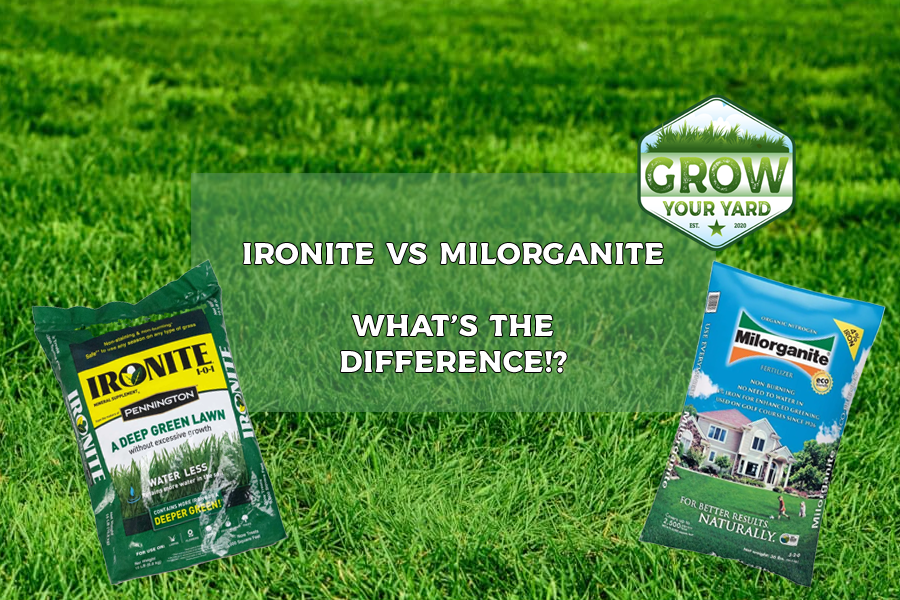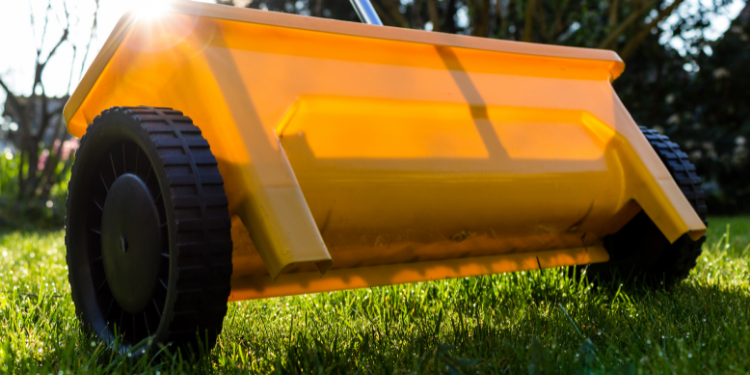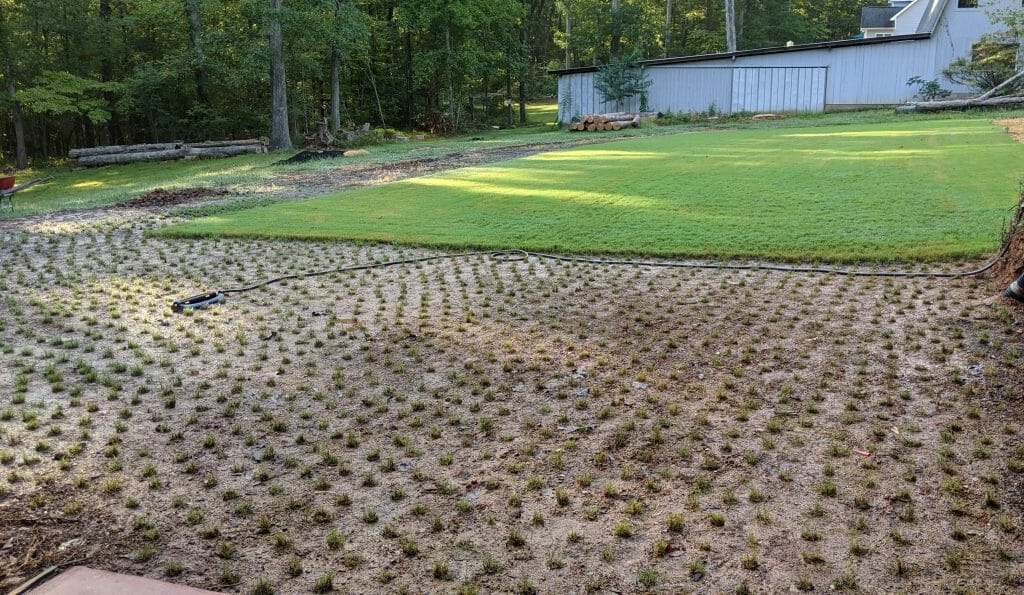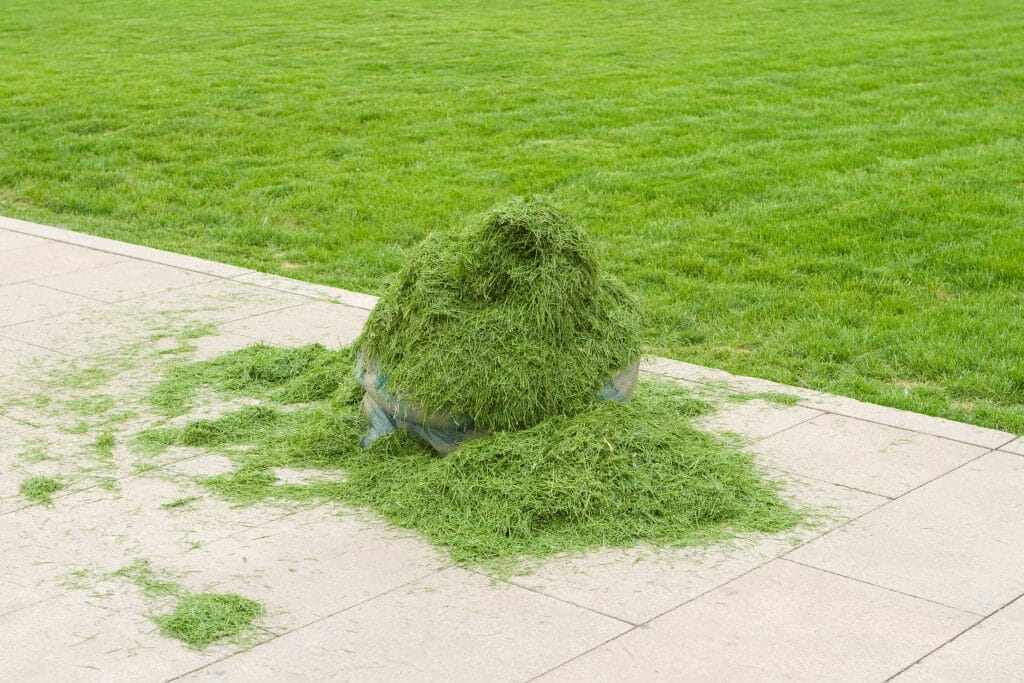
Are you considering whether to use Ironite or Milorganite on your lawn but you’re not sure what the difference is? Well, you’ve come to the right place because we’re going to break it down for you so that you understand exactly which product you should be using.
To begin with, Ironite is a supplement while Milorganic is an organic fertilizer. This means that Milorganite will feed your lawn as well as add iron to green it up. This results in both a green lawn as well as luscious growth.
On the other hand, Ironite is designed to green up your lawn but will not encourage your lawn to grow thick and luscious.
Therefore, these two products really serve different purposes. Let’s look at each one in more detail.
Milorganite
Milorganite is an organic nitrogen-rich fertilizer that is derived from wastewater. The Milwaukee Metropolitan Sewage District, who manufactures Milorganite, uses microbes to absorb nutrients from the wastewater that they treat.
These microbes are then heat-treated in a kiln resulting in a granular fertilizer that is both organic and completely safe to use on your lawn. The N:P:K formula of Milorganite is 6:4:0. This means that the product contains a lot of nitrogen and also a good dose of phosphorus.
As you probably know, nitrogen encourages strong top growth and phosphorus is vital for healthy root formation. Due to its high nitrogen content, Milorganite also contains around 2.5% iron along with other minerals.
One of the biggest advantages of Milorganite, other then being organic, is that it’s produced as a slow-release fertilizer. This means it will keep feeding your lawn over a long period of time. In fact, each application should feed your lawn for around 10 weeks.
Ironite
Ironite is primarily an iron supplement to help to green up your lawn. It’s N:P:K composition is 1:0:1. As you can see, Ironite contains very little nitrogen but it contains around 20% iron.
So, while Ironite will not feed your lawn, the iron in it will help to green up the blades of grass. Plus, it acts fairly quickly and you’ll see results in just a few days.
So, if your grass has started to yellow, it could be a sign that it has an iron deficiency. This is where a supplement like Ironite is the most useful.
How Does Iron Help To Green Up Your Lawn
Iron is a chemical that is necessary for plants to use to make chlorophyll. Chlorophyll is what gives plants their green color and is also used in photosynthesis.
To put it another way, iron helps to move oxygen around the plant from the roots to the leaves. This in turn, helps the plant to make chlorophyll, thus giving it its green color. This is the same for all plants including lawn grasses.
So, it makes sense then that if your lawn is looking a little yellow, even though it’s getting enough water, it most likely has an iron deficiency.

Which Should You Use On Your Lawn – Milorganite or Ironite?
Primarily, it depends on what you’re trying to achieve. Both of these products are great and can be used at different times.
If you just want to green up your lawn, you should use some Ironite as this will quickly restore that dark green color to your grass. However, if you just apply Ironite, you’ll achieve a greener lawn but not excess growth. Sometimes during the growing season, this might be ideal.
Bear in mind though, that you should check the pH of your soil first as Ironite does the most good if your soil is close to neutral in pH.
Because the iron in Ironite is concentrated, it can become toxic to your grass in large doses if your lawn is not completely healthy to begin with.
On the other hand, if you want to promote strong, healthy growth, you should definitely use Milorganite because it contains a good dose of nitrogen to promote growth. Milorganite is also organic, so there’s no risk of harming your lawn even if you apply a dose that’s higher than the recommended one.
This is because being a slow-release fertilizer, the nutrients will only be released to the roots of the grass when they need them. Therefore, using Milorganite is more of a long-term solution to keeping your lawn nice and healthy as well as green and lush.
Breaking It Down: When To Use Each Product
- For an almost instantly green lawn add some Ironite following the recommended dosage.
- Follow this with an application of Milorganite, maybe a week later, to give your lawn a growth boost and extend the benefits of the additional iron for a longer period of time.
The Milorganite should be applied 4 times a year and should keep your lawn green if used correctly. However, if you want an extra boost of greenness, you can add a little Ironite when next you apply Milorganite to your lawn.

Frequently Asked Questions:
Can I use Milorganite and Ironite together?
Yes, you can. This will result in dark green grass that is healthy and growing strongly.
Does Milorganite have iron?
Milorganite contains around 2.5% of organic iron.
Can too much iron hurt your lawn?
This depends on the pH of the soil. If your soil is excessively acidic, too much iron can become toxic and may kill your grass.
Final Thoughts
Ironite and Milorganite are two different products and serve slightly different purposes. Ironite is a concentrated iron supplement that will green up your lawn fast. That’s because grass needs iron to make chlorophyll which is how plants get their green color.
On the other hand, Milorganite is an organic fertilizer that is high in nitrogen. It will feed your lawn with all the nutrients that it needs. On the plus side, Milorganite also contains iron but in a much smaller concentration than Ironite. Therefore, it will still help to green up your lawn but the results will take longer as Milorganite is a slow-release fertilizer for your lawn.


